Grant, Reginald Joseph Cowan “Reg”, born 03-06-1914 Woodville, Tararua District, Manawatū-Whanganui, New Zealand, 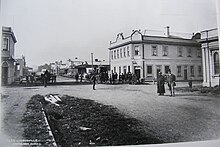 the son of William Edward and Gertrude IsabellaGrant, born Rowntree.
the son of William Edward and Gertrude IsabellaGrant, born Rowntree. 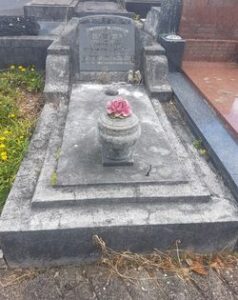 Before the war, Reggie Grant was a metal spinner at Aluminium Utensils Ltd, Auckland. His father, W. E. Grant, owned the Ponsonby Club Hotel in Auckland. He was educated at Mount Albert Grammar School and after completing his schooling, he commenced working as a metal spinner. Reginald joined the RNZAF, Royal New Zealand Air Force,
Before the war, Reggie Grant was a metal spinner at Aluminium Utensils Ltd, Auckland. His father, W. E. Grant, owned the Ponsonby Club Hotel in Auckland. He was educated at Mount Albert Grammar School and after completing his schooling, he commenced working as a metal spinner. Reginald joined the RNZAF, Royal New Zealand Air Force,  in November 1939 and after receiving his wings, he was posted to No, 145 Squadron
in November 1939 and after receiving his wings, he was posted to No, 145 Squadron 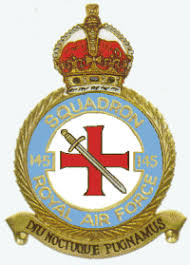 as a Sergeant-Pilot, under command of Squadron Leader Lance Cleo “Wildcat” Wade.
as a Sergeant-Pilot, under command of Squadron Leader Lance Cleo “Wildcat” Wade. 
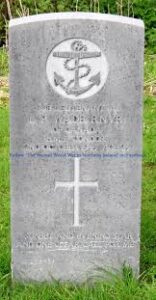 Reginald later transferred to No. 485 Squadron,
Reginald later transferred to No. 485 Squadron, 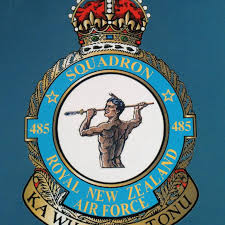
 which he would eventually command for a period. After a rest off operations, he returned to duty in November 1943 as commander of No. 65 Squadron. In January 1944, he was promoted to wing commander and appointed wing leader of No. 122 Wing..arge
which he would eventually command for a period. After a rest off operations, he returned to duty in November 1943 as commander of No. 65 Squadron. In January 1944, he was promoted to wing commander and appointed wing leader of No. 122 Wing..arge
In January 1941, Grant was posted to the United Kingdom to serve with the Royal Air Force. After a period of further training at No. 53 Operational Training Unit, he was posted to No. 145 Squadron at Tangmere in March 1941. It subsequently moved to Manston, operating Supermarine Spitfire fighters from there during the period from June to July. He achieved his first aerial victory on 21 June, when he shot down a Messerschmitt Bf 109 fighter into the English Channel. This was followed four days later with another Bf 109, destroyed near Le Touquet. On 25 July he destroyed a further Bf 109 near Knokke. In August 1941, Grant was awarded the Distinguished Flying Medal.  The citation, published in the London Gazette, read:
The citation, published in the London Gazette, read:
This pilot has taken part in twenty-two operations over enemy territory during which he has destroyed two enemy aircraft and damaged several others. His keenness and devotion to duty have set an excellent example. — London Gazette, No. 35241, 08-08-1941.
In October, having flown on 84 operations, Grant was posted to No. 485 Squadron, a fighter squadron with mostly New Zealand flying personnel and equipped with Spitfires.  The following month he was commissioned as a pilot officer. At the time, the squadron, flying as part of the Kenley Wing, was engaged in fighter sweeps to northern France. On 12-02-1942, No. 485 Squadron flew a mission escorting bombers attempting to disrupt the Channel Dash by the German battleships Scharnhorst
The following month he was commissioned as a pilot officer. At the time, the squadron, flying as part of the Kenley Wing, was engaged in fighter sweeps to northern France. On 12-02-1942, No. 485 Squadron flew a mission escorting bombers attempting to disrupt the Channel Dash by the German battleships Scharnhorst  and Gneisenau.
and Gneisenau. During this mission, Grant shot down a Bf 109 5 miles (8.0 km) from Ostend.
During this mission, Grant shot down a Bf 109 5 miles (8.0 km) from Ostend.
In March, Grant was promoted to flight lieutenant and the same month he shot down a Focke-Wulf Fw 190 fighter  inland of Calais while on a large scale sweep from Cap Gris Nez to Dunkirk; another Fw 190 was claimed as probably destroyed on the same sortie.
inland of Calais while on a large scale sweep from Cap Gris Nez to Dunkirk; another Fw 190 was claimed as probably destroyed on the same sortie.
Grant destroyed a Heinkel He 115 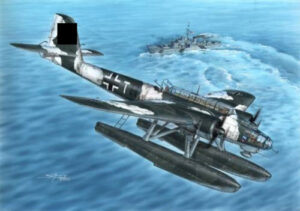 seaplane off the Dutch coast on 28-11-1942. He had become separated from the flight of Spitfires he was leading on a sortie to attack shipping on canals in Holland and had encountered the seaplane, taking the opportunity to shoot it down. On 13-02-1943, the squadron took off for a mission across northern France and shortly after crossing the French coast the Spitfires sighted and engaged a force of Fw 190s. However, a further 20 German fighters attacked out of the sun. Ian Grant,
seaplane off the Dutch coast on 28-11-1942. He had become separated from the flight of Spitfires he was leading on a sortie to attack shipping on canals in Holland and had encountered the seaplane, taking the opportunity to shoot it down. On 13-02-1943, the squadron took off for a mission across northern France and shortly after crossing the French coast the Spitfires sighted and engaged a force of Fw 190s. However, a further 20 German fighters attacked out of the sun. Ian Grant,  Reginald Grant’s brother who also flew with No. 485 Squadron, was killed during the attack, one of three Spitfires to be shot down. Reginald Grant engaged the Fw 190 that had carried out the attack and shot it down. Grant completed his operational tour in March, by this time having carried out over 180 sorties and destroying at least seven enemy aircraft. He was awarded a bar to his DFC in June.
Reginald Grant’s brother who also flew with No. 485 Squadron, was killed during the attack, one of three Spitfires to be shot down. Reginald Grant engaged the Fw 190 that had carried out the attack and shot it down. Grant completed his operational tour in March, by this time having carried out over 180 sorties and destroying at least seven enemy aircraft. He was awarded a bar to his DFC in June.
After a brief attachment at RNZAF headquarters in London, Grant spent some months in Canada as part of the New Zealand Air Mission, lecturing New Zealand air crew trainees and also touring the United States. He then returned to England and attended Fighter Leaders’ School. In November he was given command of ![]() at the time operating the Spitfire Mk. IX but shortly to begin converting to the North American P-51 Mustang fighter. Early in 1944 Grant was promoted to wing commander and appointed wing leader of No. 122 Wing, of which No. 65 Squadron was part.
at the time operating the Spitfire Mk. IX but shortly to begin converting to the North American P-51 Mustang fighter. Early in 1944 Grant was promoted to wing commander and appointed wing leader of No. 122 Wing, of which No. 65 Squadron was part.
Death and burial ground of Grant, Reginald Joseph Cowan “Reg”.
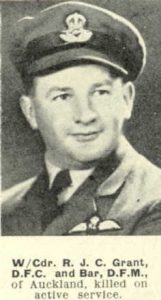
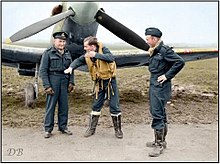

On 21 January, while flying a Spitfire Mk. IX, he shared in the destruction of a Messerschmitt Me 210 heavy fighter over St. Pol. On 28-02-1944 he took off for a sortie across the English Channel. Shortly after takeoff, in cloud, the engine of his fighter cut out. After ordering the wing to carry on without him, he turned back to base. On coming out of cloud at 1,000 feet (300 m), he, age 29, bailed out but was too low for his parachute to open properly and fell to his death.
Grant, Reginald Joseph Cowan, “Reg” is buried at Brookwood Military Cemetery, Brookwood, Woking Borough, Surrey, England, Pirbright, Brookwood, Woking GU24 0JB, Section2. K. 6. Grant was credited with having destroyed seven German aircraft, a half share in another aircraft shot down and one probably destroyed. Reginald had flown for a total of 673 hours and had 8 confirmed “kills” to his credit. He was awarded a Distinguished Flying Cross (DFC) twice and Distinguished Flying Medal (DFM) during his services.

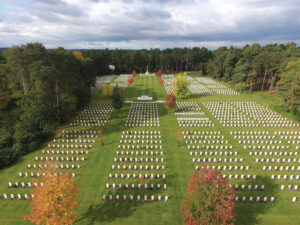





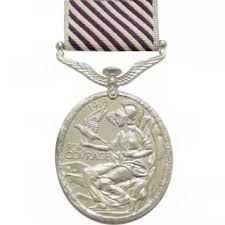
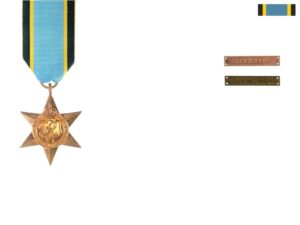
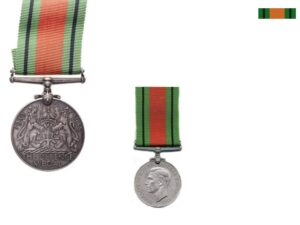












Leave a Reply